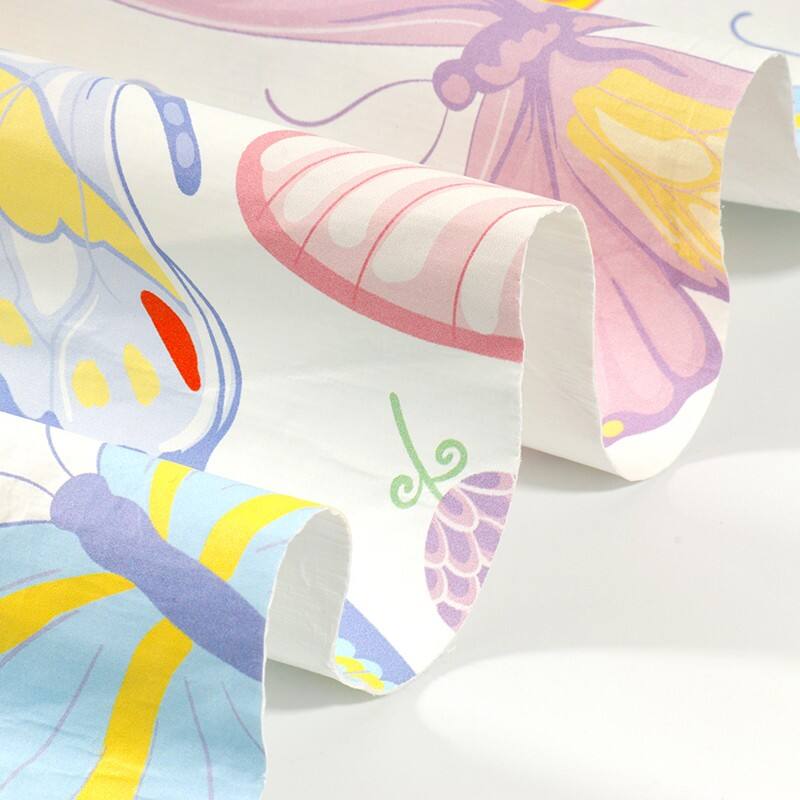felt non woven fabric
Felt non woven fabric represents a revolutionary advancement in textile manufacturing, combining durability with versatility in a unique material structure. This innovative fabric is created through a specialized process where fibers are mechanically, thermally, or chemically bonded together, rather than being woven or knitted. The resulting material exhibits exceptional strength and stability while maintaining remarkable flexibility. The manufacturing process allows for precise control over thickness, density, and porosity, making it adaptable to various applications. The fabric's distinctive characteristics include excellent thermal insulation properties, superior sound absorption capabilities, and remarkable moisture-wicking abilities. Its structure provides natural filtration properties, making it ideal for industrial and commercial applications. The material's versatility extends to its processing capabilities, as it can be cut, sewn, molded, and shaped without fraying or losing structural integrity. In modern manufacturing, felt non woven fabric has become instrumental in automotive, construction, filtration, and consumer goods industries. Its eco-friendly potential, demonstrated through the possibility of using recycled fibers and its minimal waste production during manufacturing, aligns with contemporary sustainability goals.


